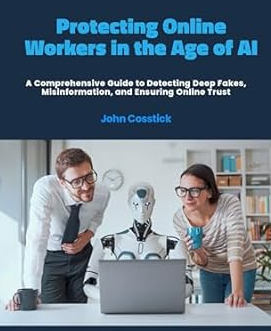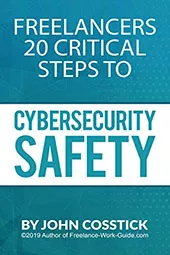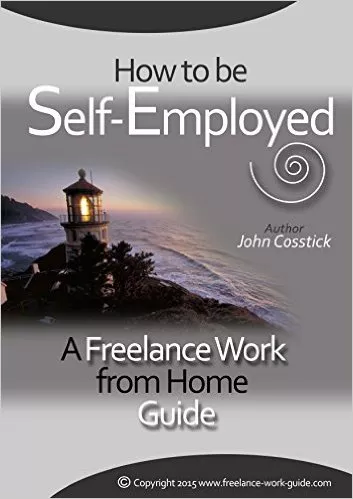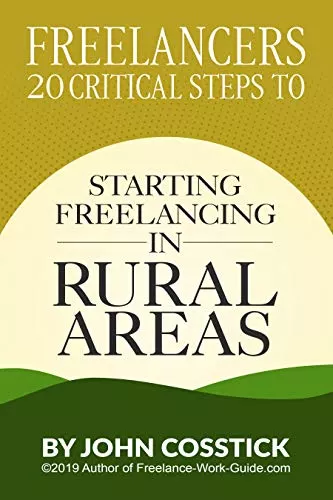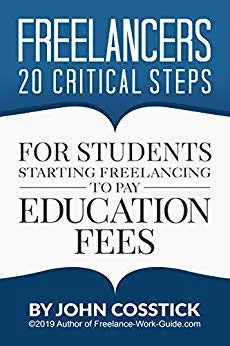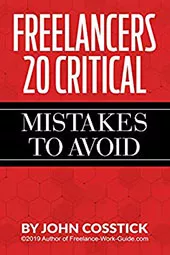This is a guest post by Caroline James from ElderAction.org
Artificial intelligence doesn’t arrive in a tidy little box. It doesn’t plug in and start printing profits. You can’t just hand it the keys to your business and hope it drives better than you. But used wisely—like a well-trained tool instead of a miracle fix—it can do more than automate tasks.

It can reshape operations, unlock insights you missed, and save more than just time. The trick is learning how to wield it without losing sight of what your business is actually built to do.
Begin With the Why
AI is not a set of toys. It’s a set of choices, and if you don’t know your business priorities, you’ll drown in dashboards. The best companies start by aligning AI initiatives with a company’s core business strategy, rather than chasing the loudest tech trend.
That might mean using predictive tools for supply management or training a chatbot to handle 60% of the customer service load. But it never means using AI just to say you’ve got it. Identify what’s inefficient, repetitive, or downright broken—and then aim there. Without that clarity, you’re adding complexity with no compass.
Clean Up Your Data
Most AI efforts crumble under bad inputs. If your data is outdated, unstructured, or scattered across five departments, no model can save you. You have to invest in data quality and governance before dreaming about optimization. That means auditing where it lives, who touches it, how often it’s updated, and how it’s labeled. Businesses that ignore this step end up building shiny AI tools that guess wrong.Garbage in, as they say. You need a foundation of data hygiene before reaching for predictive power.
Expect Hiccups—Plan for Them
No matter how smart the model, AI isn’t a plug-and-play win. It introduces unfamiliar questions about bias, trust, training, and control. You’ll face a variety of challenges in scaling AI adoption—like resistance from staff, unclear KPIs, or integration headaches.
Don’t treat those as failures; treat them as part of the price. Build in patience, and maybe even over-communicate why the changes matter. AI may automate tasks, but getting people to believe in the process? That’s still human work.
Use What’s Already Free
The myth is that AI requires mountains of money. In reality, there’s a whole ecosystem of free and open tools waiting to be used. Open-source AI offers a budget-friendly option for businesses that know how to plug in. You can test tools like Hugging Face models, LLaMA variants, or even train simple models using free Google Colab notebooks. The trick is being curious and unafraid to tinker. If your competitors are paying six figures for something you can learn to test in-house, that’s not disruption—it’s waste.
AI for Encore Entrepreneurs
If you’re easing into a second-act business—whether it’s consulting, crafting, or opening a boutique side hustle—AI can become your behind-the-scenes helper. Think of it as your personal assistant that doesn’t need sleep. Tools like ChatGPT can draft client emails, summarize research, or generate social media posts with just a prompt.
Canva’s AI features can whip up flyers and logos in minutes. And if juggling appointments or invoices is a headache, Notion AI or similar platforms can help you organize the chaos. These aren’t high-tech hurdles—they’re time-savers built for business owners who’d rather spend more time doing the work they enjoy, and less time stuck in spreadsheets or scheduling.
Learning AI at Any Age
Don’t let the tech talk scare you off. You don’t need a background in programming to get started with AI. Online platforms like Coursera and Udemy offer beginner-friendly courses—many of them free or under $20—that cover everything from basic AI literacy to using specific tools in small businesses.
Your local library might even offer digital skills workshops tailored for older adults. These aren’t crash courses in coding—they’re invitations to explore what AI can do without pressure or jargon.
Low-Risk Tools to Try First
Start with tools that are both forgiving and free. The ChatGPT free tier lets you experiment with writing, brainstorming, and problem-solving in a conversational way. Canva’s AI helps you design without a designer. And Notion AI can act as a digital organizer, helping keep track of tasks, notes, and ideas. These tools offer a low-stakes entry point into AI—so you can play around, see what fits, and build your confidence before diving deeper.
Take It Back to School
Sometimes, the best way to get ahead of the AI curve is to rewind to the classroom. By earning a bachelor’s in computer science online, business owners can sharpen their understanding of not just AI, but also the broader principles of IT, programming, and systems thinking.
That kind of knowledge doesn’t just improve your tech vocabulary—it helps you make smarter decisions about what to adopt, when, and why. And since the degree is online, it makes it possible to juggle learning while still steering the business day-to-day. You don’t need to become an engineer. But if you can talk like one, hire one, or understand one? You’ve got leverage.
If you’re clear on your goals, willing to learn and careful about what data you feed into the system, you’ll find that AI is not magic—it’s machinery. But it only works as well as the hands guiding it. You don’t need to become a data scientist overnight. You just need to stay curious, stay specific, and treat AI like the power tool it is.
Explore the future of technology and innovation at TechLifeFuture.com, where you’ll find insights and strategies to empower your career, finances, and security in the age of AI and digital transformation.


